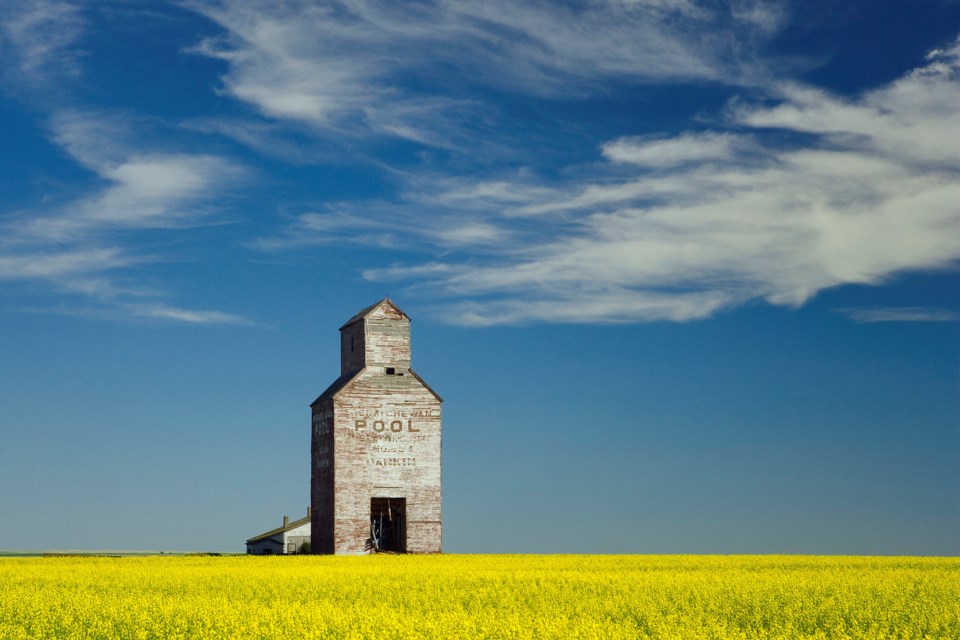CARLYLE - There was very good harvesting weather over the past week which allowed many producers to wrap up their operations or get very close to finishing. Some producers still have canola and flax to straight-cut. Regionally, 86 per cent of the crop is now in the bin which is just behind the five-year average of 90 per cent. Late seeding dates resulted in a later start to harvest for many producers in the region. If the weather remains calm and dry then producers predict they will be wrapped up harvest in little over a week but any rain will delay progress.
There was very little precipitation in the region this week which allowed for harvest to continue and ensured that grain quality was not negatively impacted. Hard Red Spring Wheat was graded as 70 per cent 1CW, 27 per cent 2CW and three per cent 3CW. These grade ratings are very impressive, most of the downgrading was due to bleaching or disease related issues.
Cropland topsoil moisture is rated as one per cent surplus, 56 per cent adequate, 34 per cent short and nine per cent very short. Hay and pasture land topsoil moisture is rated as two per cent surplus, 54 per cent adequate, 37 per cent short and seven per cent very short. While many areas of the region received more rain than last year, there are many producers who are seeing their soils, pastures and dugouts dry up very quickly and will need a very good rain before winter settles in.
Estimated yields for the region are stronger than last year but still disappointing for some producers who missed out on the rain over the growing season. The yields for spring wheat and canola are very strong with 45 bu/ac and 38 bu/ac respectively. Durum is estimated to yield 47 bu/ac, barley 71 bu/ac and oats 84 bu/ac.
The majority of crop damage this week was due to strong winds and wildlife. Wind has continued to blow around swaths and damage seed heads, resulting in lost yield. The recent rain has also led to grain sprouting in both swathed and standing cereal crops.
Farmers are busy harvesting, starting fall field work such as weed control and harrowing, hauling bales, cleaning corrals and moving cattle to stubble fields.




